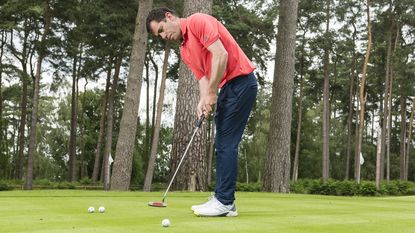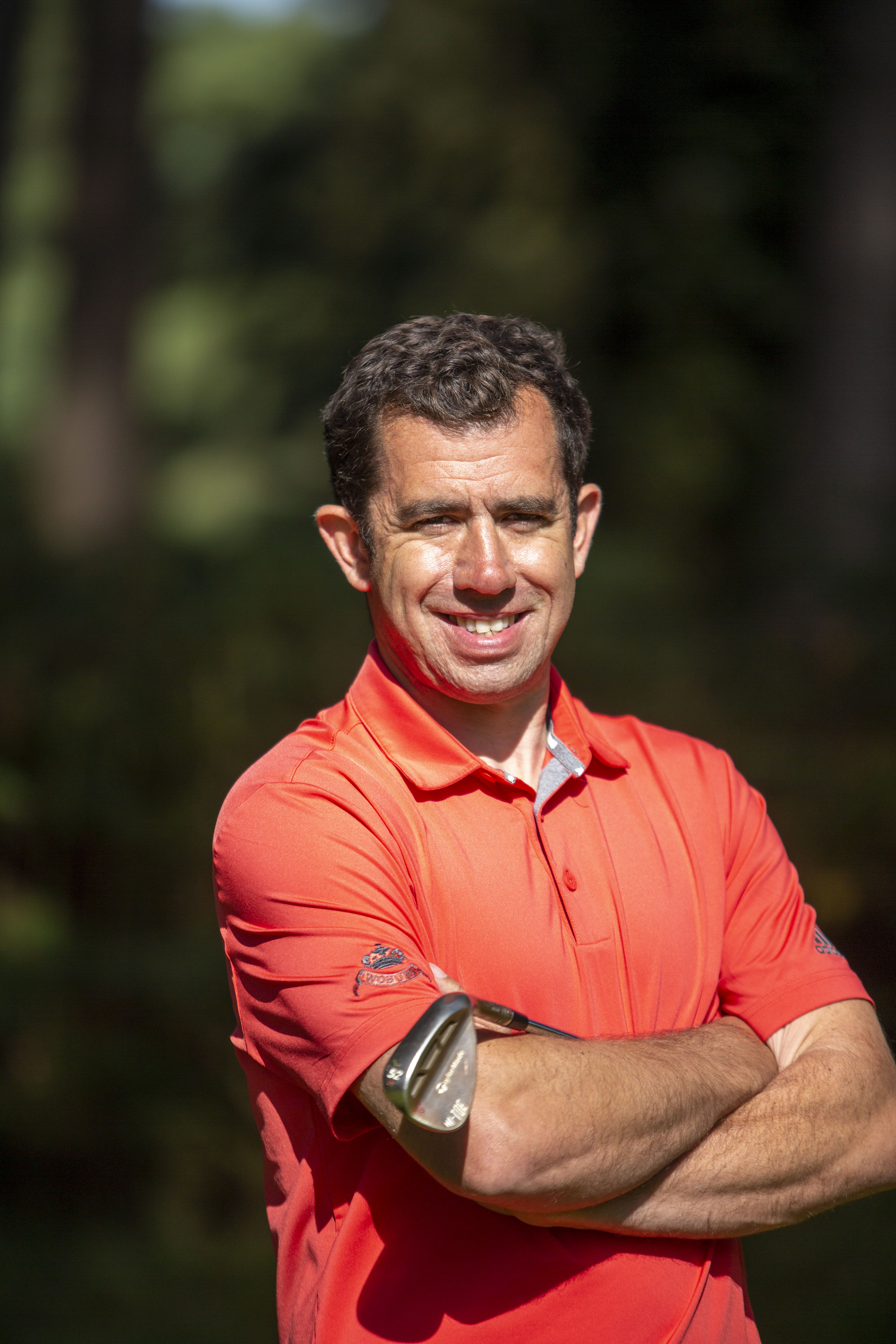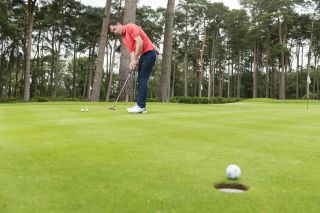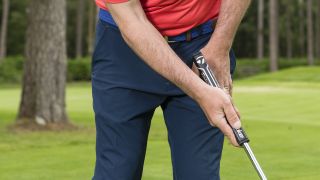Which Hand Leads In Putting?
Dan Grieve, head pro at Woburn Golf Club, answers the question


Golf Monthly created this content as part of a paid partnership with TaylorMade. The contents of this article are entirely independent and solely reflect the editorial opinion of Golf Monthly.
In this video, on which hand leads in putting, Dan Grieve, Head Professional Woburn Golf Club, offers some fantastic advice to help you improve on the greens.
Knowing Your Tendencies
Here's a question I often get asked: which hand leads in putting? The answer is, it really depends on your tendencies as a golfer - this is the key.
Related: Putting Technique

Say you're a player who pushes putts to the right - you may want to feel like you have a little bit more right-hand release in your stroke to get the ball starting on-line.
If you’re a golfer who tends to pull putts to the left, you may want to be a little bit more leading with your left hand so you can get the putter squarer through the ball.
Watch the video above and this will become a lot clearer.
Get the Golf Monthly Newsletter
Subscribe to the Golf Monthly newsletter to stay up to date with all the latest tour news, equipment news, reviews, head-to-heads and buyer’s guides from our team of experienced experts.
It's worth stating, there have been players who have putted very well with both styles over the years.
Right Hand
Setting up with the right hand, you want to try to feel that it is going to release a little bit more. You also want to try and watch how the butt of the grip works as you go through the ball.
So, for someone who is a little bit more dominant with their right hand in the stroke, the butt of the grip will point more at the belt buckle as you go through the ball and that means the putter is releasing.

Another thing to look out for is that the toe is slightly turning over the heel. This allows the putt to start on-line.
Related: Strong And Slight Arc Tips
Left Hand
If you are hitting it to the left too much, then make sure that the left hand is a bit firmer and is leading a little bit more. This means that the butt of the grip is pointing more towards the left-hand side of your hip at the end of the stroke, rather than the belt buckle.
Both methods work well, so it is up to you to self-diagnose. Using the gate drill (placing two tees just wider than a ball's width apart about a foot closer to the target than the ball at address) will help with this, as you’ll see if your ball is hitting the right-hand tee or the left-hand tee.
The drill will also determine if you're a 'pusher' or a 'puller', meaning you can have a go at using more of a dominant right hand or a dominant left hand depending on your tendencies.
Related: Best TaylorMade Putters
If any of this is unclear, be sure to watch the video above - it may help you to dramatically improve your stroke and hole more putts.

Location: Woburn GC
Dan is one of the leading coaches in the UK, a Fellow of the PGA and a short-game virtuoso. He has had considerable success with a collection of tour pros, helping them to Order of Merit titles and major victories, and his Short Game School is the most attended in the UK. His students, past and present, include Charley Hull, Georgia Hall, Inci Mehmet and Iona Stephen.
Most common problem:
Swing – over the top , help by getting the basics correct at address and making them aware how to get the club online coming down.
Short game – creating spin and feel around the greens, help by educating on what the short game actually is (weak on purpose) and understand bounce and how they can apply it to different lies/situations.
Greatest success story:
Helping Georgia Hall from World No. 450 to No. 6 and winning a Major, two Order of Merits and Solheim Cup appearances.
Greatest teacher:
Alex Hay was a great influence during my first few years at Woburn. In sport more generally Sir Clive Woodward has taught me how to deliver at the highest level.
Most common fault:
Flipped right hand (hands behind the ball). Understand a correct coil/load going back and how to sequence better coming down so the chest opens up and gives the arms space to deliver a stronger impact. Lots of body action drills to enhance the feel, with and without the ball.
-
 Former NFL Star Tony Romo Reveals 'Insane' Scottie Scheffler Stat After Playing 500 Rounds With World No.1
Former NFL Star Tony Romo Reveals 'Insane' Scottie Scheffler Stat After Playing 500 Rounds With World No.1Tony Romo spoke highly of his good friend Scottie Scheffler, comparing him to Tiger Woods and Jack Nicklaus
By Joel Kulasingham Published
-
 'I Think He'll Be Great' - Paul Azinger Reveals Early Scottie Scheffler Prediction
'I Think He'll Be Great' - Paul Azinger Reveals Early Scottie Scheffler PredictionThe former NBC Sports lead analyst has explained how he saw greatness in Scottie Scheffler years before he began to dominate
By Mike Hall Published